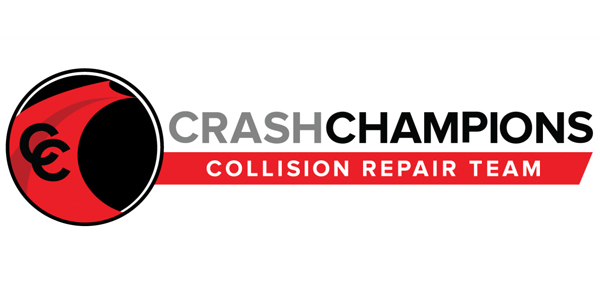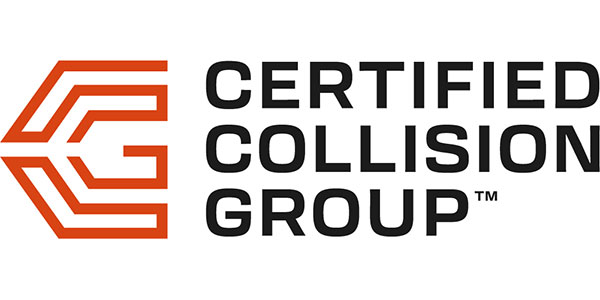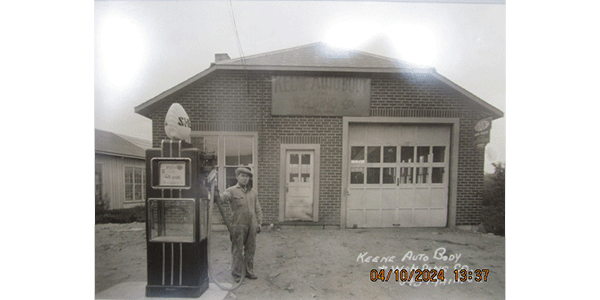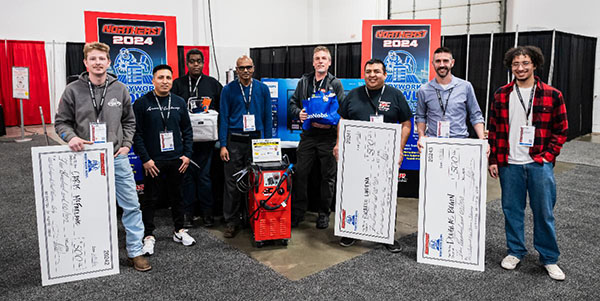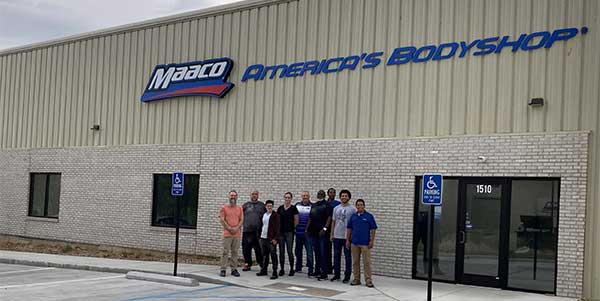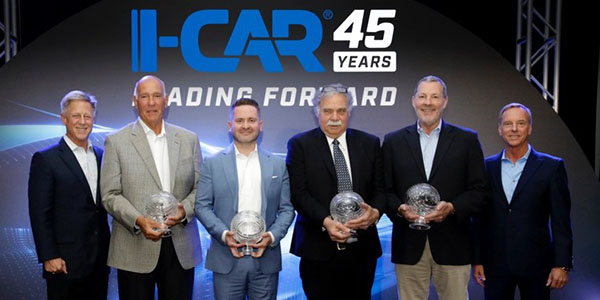
As a former technician, Mark Szlachta of General Motors knows “there was a lot of room for improvement” in GM’s collision repair procedures.
“Back in the day, when I put a quarter panel on a vehicle and I pulled the GM procedure, it was: ‘Remove welds, remove the panel, install the panel and replace the welds,’” recalled Szlachta, an advanced serviceability design engineer for GM. “So that procedure didn’t really didn’t go as far as we needed it to.”
That isn’t the case anymore.
During a March 17 Collision P.R.E.P. session at NORTHEAST 2018 in Secaucus, N.J., Szlachta sung the praises of GM’s revamped repair procedures, declaring that the automaker has “gone well over and above” in the latest iteration.
“Starting with the Cadillac CT6 [introduced in 2016], we completely changed how we are addressing procedures, whether it be through the illustration format – instead of line art, we have shaded graphics – the amount of steps that we have within each procedure or even how many parts that are listed that we have procedures for.”
The level of detail should be music to the ears of any shop aspiring to be part of GM’s new certified collision repair network. Szlachta and other GM officials were at the Meadowlands Exposition Center to talk about the automaker’s plans to launch the certification program later this year.
“These new procedures are detailed for the technician right down to the individual welds,” Szlachta said. “ … Our procedures talk about how to remove the panel – weld by weld. We might not want you to drill all the welds off to remove the panel, because we might want you to put that panel on in a different way. We might want you to resistance-weld, if there’s room and access. We might want you to add adhesive and rivets if there’s no access. And how you take that panel off directly has ramifications on how you put it on.
“So the procedures are extremely detailed, from one end to the other – from removal to install – on how to replace the panel.”
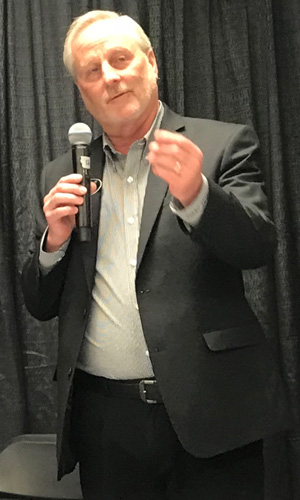
Szlachta noted that GM’s new procedures also detail the types of materials found in the collision-damaged areas of a vehicle – an increasingly important consideration as shops see more aluminum and mixed-material vehicles.
He emphasized that shops need to check the procedures on every repair.
“If you put a quarter panel on a 2017 Traverse three weeks ago, we don’t want you to use that same procedure on the next job that you have,” Szlachta said. “We want you to pull that procedure out again, because it could be updated. We get feedback from the field, we get feedback from engineering – there are a lot of things that happen that can cause us to continuously improve our procedures.”
If you haven’t looked at GM’s repair procedures in a while – or ever – Szlachta added: “Please feel free to start looking at them now.”
“They are by far something that a technician can use from start to finish to be able to put that car back together to factory condition.”


